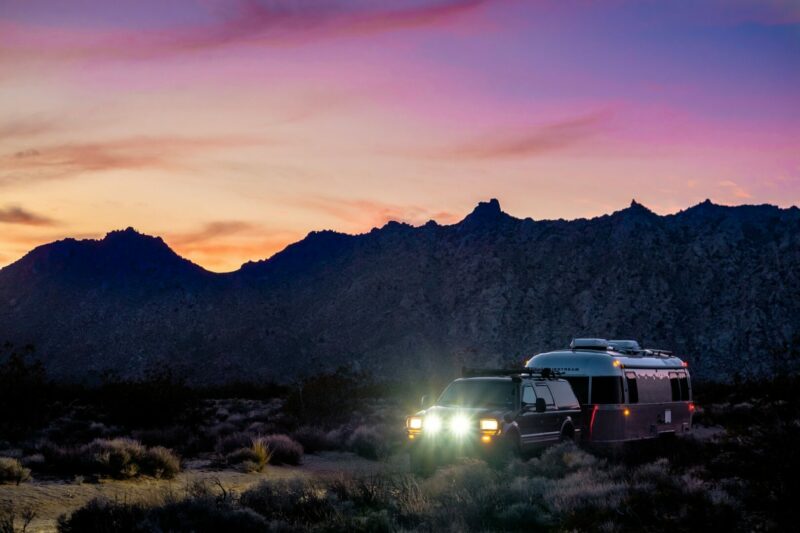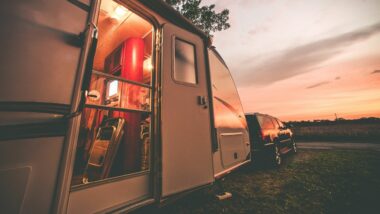Table of Contents Show
Who doesn’t want to see the red rocks of Bryce Canyon or glistening waters of Lake McDonald? How can you pass up visiting the erupting geysers at Yellowstone? If an RV trip out West is on your horizon, you may experience wonder and awe at the sights.
Let’s look at how to plan your trip and make sure it goes as smoothly as possible.
An RV Trip Out West Can Be the Trip of a Lifetime
The West offers unbelievable landscapes and opportunities for exploration, unlike anywhere else in the country.
If you’re not from the West, taking an RV trip to visit Utah, Wyoming, Colorado, Arizona, New Mexico, Montana, or the West Coast states can make for some fantastic adventures.
The scenery ranges from desert cacti and snow-capped mountains to red plateaus and majestic canyons. What should you see while exploring?
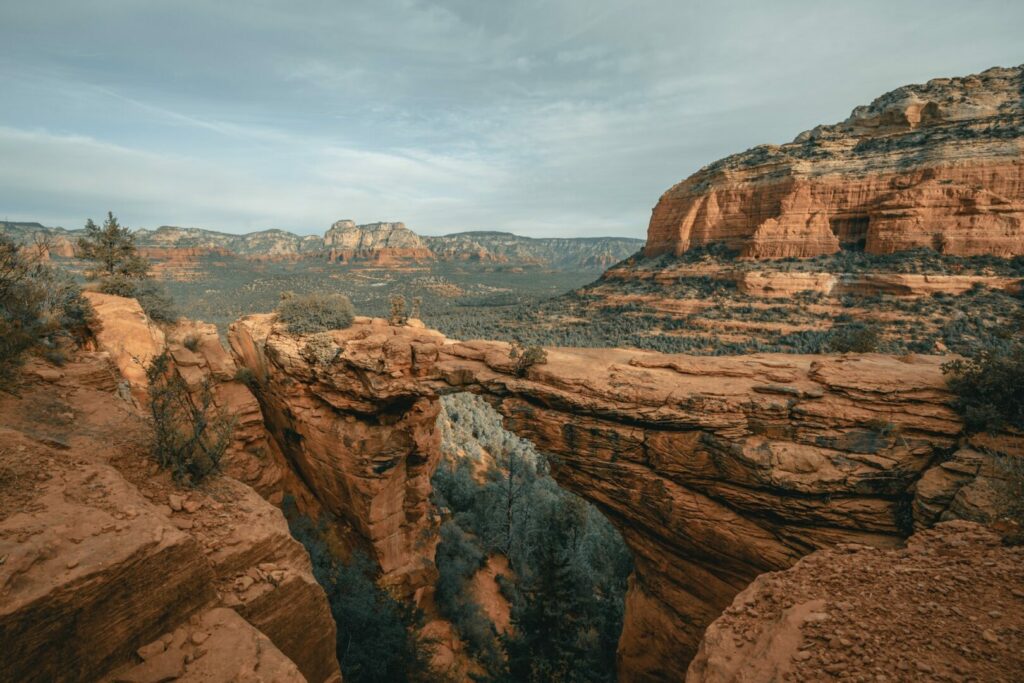
Things to See on Your RV Trip Out West
With so many things to see and do, you’ll need to plan your RV trip out west. It’s easy to get overwhelmed with so many options, so let’s check out a few that need to make your list of stops. This will also help with planning campground reservations or boondocking locations.
National Parks
The national parks in the West have some of the most spectacular scenery in the country. From Arches National Park in Utah to the Grand Canyon in Arizona and Glacier National Park in Montana, you can see many different landscapes and learn about Native American cultures.
If you want to see some wildlife, the national parks make great destinations. In the states west of Oklahoma, you can visit over 25 different national parks. Grab your America the Beautiful pass so you can enter as many parks as you want during the year for free.
And don’t forget the Junior Ranger program for the kids. Families that roadschool while traveling enjoy these programs designed for elementary and middle school-age children. They learn how to take care of the ecosystems in that area, the ancient peoples, the wildlife and plant life found in the area, and so much more.
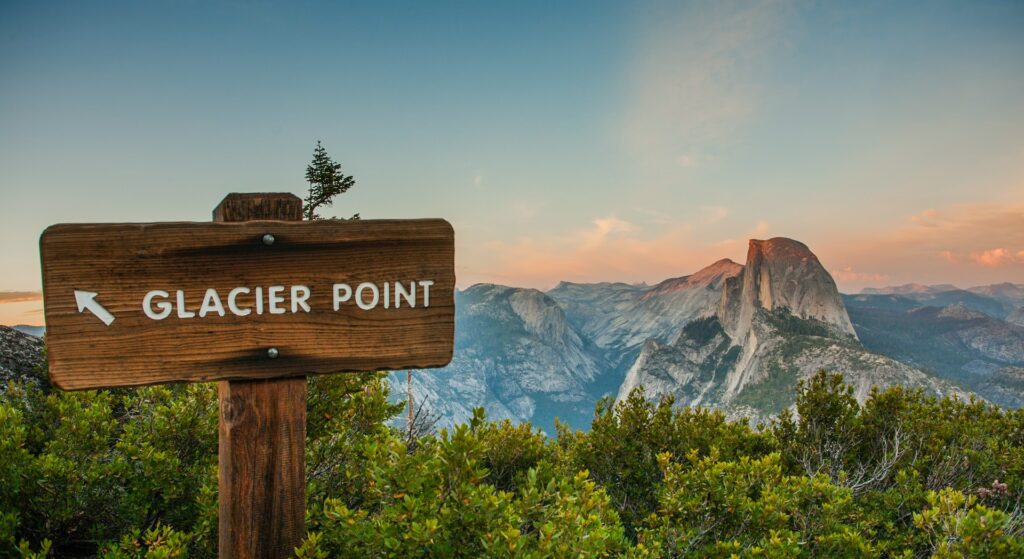
State Parks
The national parks tend to get all of the attention, but the state parks offer so much, too. They usually have more camping choices than the national parks. With many of these parks neighboring each other, you can likely stay in the state park and take day trips into the neighboring national park.
Pro Tip: We think these 10 state parks are better than most national parks – check out the list!
State parks offer great learning opportunities as well. More centered on the local history, you can discover the life of the people and the wildlife that call that area home. Many of these parks have free entrance, while others require a nominal fee. Keep this in mind when preparing for your RV trip out west.
Scenic Drives
Going-to-the-Sun Road in Glacier National Park is rated as one of the top scenic drives in the West. This 52-mile stretch of highway features spectacular views, glacial lakes, and wildlife.
Red Rock Scenic Byway in Arizona is about ten miles but features the towering ancient red rocks and pine forests of the Coconino National Forest. Trail Ridge Road in Colorado passes through the Rocky Mountain National Park and features eleven miles of snow-capped mountains and rugged peaks.
Make sure to take note of the weather conditions. You can’ access some of these highways during winter weather. Windy conditions can also make some scenic drives dangerous because of the narrow roads, so always drive with caution.

Beaches, Deserts, and Mountains, Oh My!
Out West, you have your choice of landscapes. If you want to visit the Pacific Coast beaches, you have your pick of beautiful, sandy coastlines. A drive along Highway 1 between San Francisco and Santa Monica offers gorgeous scenery of the rugged cliffs, palm trees, and winding beaches.
The deserts of the inland states will capture your attention. The Painted Desert in the Petrified Forest National Park of New Mexico looks like a canvas with layer upon layer of colors. Great Sand Dunes National Park in Colorado has the tallest dunes in North America. And Saguaro National Park is home to the nation’s largest cacti.
Or you may prefer the mountains of the Rockies, the Sierra Nevada, and the Cascades featuring towering peaks, beautiful snow scenes, and majestic lakes. Whether you travel in the summer to hike or in the winter to ski, you’ll have plenty to do on your RV trip out West.
How to Plan an RV Trip Out West
These aren’t in any particular order, but these are helpful suggestions of how to plan for your RV trip out West. Put on your planning hat and get to work because if you don’t, you’ll regret it.
1. Plan Must-See Sights
First, decide where you want to go. You can’t do it all, so make a list of must-see sights you don’t want to miss. This will narrow down your travel location as well. The West is a large area. It would take months of travel just to explore all of the national parks.
Decide the top sights you want to visit, then go from there. Some of these places require ticket purchases and have limited capacities. Make sure to do your homework, so you don’t miss out.

2. Plan and Book Your Campgrounds (In Advance!)
When planning a road trip, it’s important to book your campgrounds in advance. These destinations have high traffic, so if you don’t book in advance, you risk not having a campsite for the night.
Especially if you want to stay in or near a national park, you’ll want to book those sites up to a year in advance. Scout out the area and use Google satellite to look at the campground. Make sure it suits your needs and the size of your rig. Check out reviews on Campendium and other reliable sources as well.
3. Set Your RV Trip Budget
This might need to be the first step. You need to know your budget to know how many places you can afford to visit and how many nights you can stay in campgrounds. If you want to plan a four-week trip but only have a budget for a two-week trip, take a step back and reevaluate.
Are there places on your must-see list that you’ll need to remove? Can you come up with additional money to fund a four-week RV trip out west?
Once you set the budget, stick to it. Gas and food prices will vary, so you want to leave enough wiggle room for those budget items. You can find ticket prices and admission fees for your must-see locations online. And you should know what you will spend a night on campground rates. What are you able to do within your budget?
Pro Tip: If you’re on a tight budget, check out where to find free camping in California and free camping in Oregon.
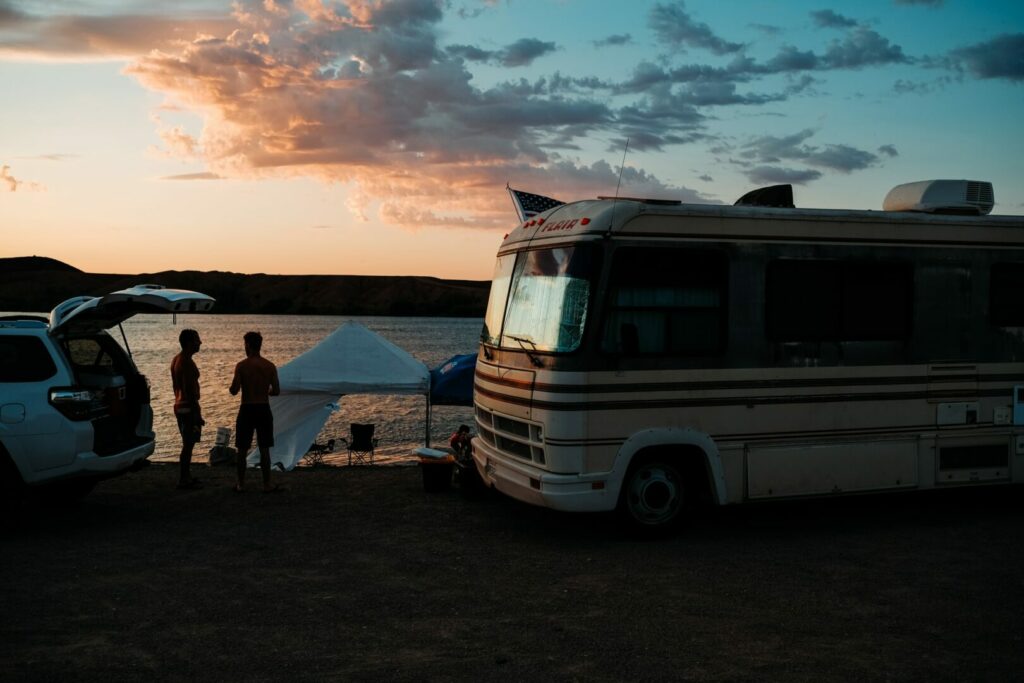
4. Plan an RV-Friendly Route
Finally, you need to plan an RV-friendly route. Do not rely on Apple Maps or Google Maps. Have an RV-friendly GPS, or do your own scouting ahead of time to know what roads are safe to travel on with your rig.
If you have a large RV, you’ll need to pay attention to bridge heights, narrow roads, and bridge weights. If an RV-friendly route takes two hours longer but gets you safely to your destination, it’s worth the extra time.
Tips for RV Travel Days
Once you plan your RV road trip out west, there are a few tips to make your travel days enjoyable and less stressful. Following these tips doesn’t ensure that nothing will happen, such as a tire blowout or a thunderstorm. But they will help make the drive easier.
Remember the RVing 3/3/3 Rule
If you haven’t heard of the 3/3/3 rule, it’s an excellent guideline for traveling. Many RVers follow some version of this. It limits your drive time so that you arrive at your destination with plenty of daylight left and a more positive attitude.
You don’t want to be cranky from a long drive day or trying to set up in a new location in the dark. Drive no more than three hours at a time, no more than 300 miles in one day, and arrive at the campground no later than 3 p.m.
Don’t Forget RV-Friendly Gas Stops!
Plan your route ahead of time and check out RV-friendly gas stations. Most travel stops provide ample space to maneuver your RV. But you’ll want to know where to go ahead of time.
Use the satellite view on Google Maps to scout out the area so you don’t end up in a tight spot. Other apps like RV Life also provide gas stops along your route to help you find RV-friendly locations on your RV trip out west.
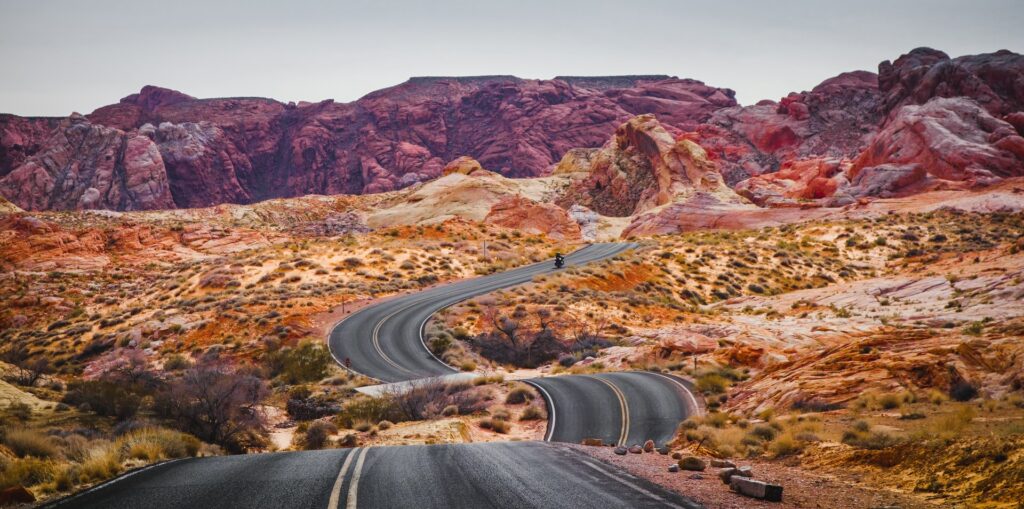
Plan Your RV Park or Campground Entry Ahead of Time
Just like scouting out RV-friendly gas stations, do the same with campgrounds. Use the satellite view on Google Maps to find the best route into the campground, especially if you have a big rig.
Call the campground manager and ask about the best way to enter from the highway. Make sure to ask about road closures or construction along the route.
Always Try to Arrive Before Dark
This is one part of the 3/3/3 rule. It’s stressful enough to set up in a new location. Don’t try to do it in the dark.
You also want to arrive before the campground closes, so staff can assist you if you have any questions or problems. The campground store may still be open for you to grab something you need for set up or the next morning.
Pre Planning Will Make an RV Trip Out West Less Stressful
If you’re not a planner, you might want to hire someone to plan your RV trip out West. If it’s more than a week, you’ll want to make sure you have your reservations lined up, know when certain places open and close, and have an idea of your general itinerary.
Otherwise, you’ll get caught leaving a campground whenever you want, not arriving at the next destination until dark, or missing out on tickets because they only take online reservations. Do your research and pre-plan as much as possible to have a good itinerary in place.
You don’t have to plan every detail, but you want the big pieces covered. Are you planning to head out West any time soon? What are some of the must-see sights on your list?




